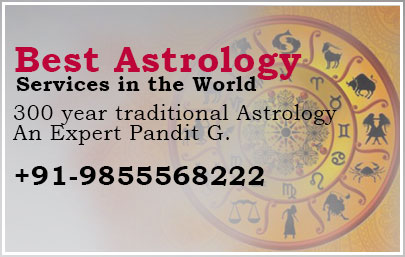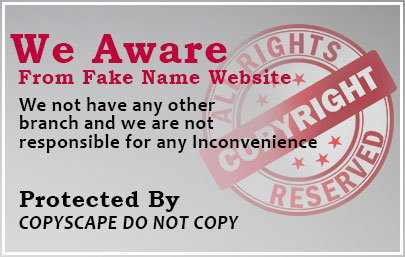Google AI Overviews: SEO impact and 5 steps brands need to take
…so that when someone searches for something related to your business, your website appears on page 1. When you type something into Google, Google has to make a decision on which websites to show you. If potential customers search for your products, solutions, or services, you need SEO to be found and convert browsers into customers. While SEO can take months to build up, PPC campaigns can start driving traffic within minutes of launching.
Image alt texts
If the title tag is your page’s headline, the meta description is the one-line summary enticing people to read on. Title tags are one of the main ways that Google can understand what your page is about. You want to make sure that the main keyword you want to rank BHS Links for is in the title tag. It’s better to have a few links from good sites that are relevant to yours, than loads of junk and irrelevant links just for the sake of it.
Which one of these statements about title tags IS NOT correct:
For example, speaking at events, doing interviews, and blogging for other websites. These activities give you the opportunity to showcase your expertise and reach new people. In that case, it’s important that you focus on the experience that people have with your shop.
- This ensured each page delivered accurate, structured details, resulting in enhanced rich snippets and improved engagement from local searches.
- Now you just want to submit this sitemap to Google Search Console.
- Our Premium plugin gives you access to some more features like AI-powered features, a redirect tool, and the possibility to add multiple keywords per page.
- Write a slug that incorporates your keyword and identifies your website structure when possible.
Off-page SEO refers to actions you can take outside of your website to improve its search visibility. Search engines work by crawling, indexing, and ranking content on the internet. By optimizing your website and content according to these systems, you can gain more visibility. The higher your pages appear in search results, the greater the chance they are discovered and clicked on. The objective of Search Engine Optimization (SEO) is to attract website visitors who can turn into customers, clients, or a loyal audience that consistently returns.
The higher up the title is, the more relevant it is to impacting your search results. Discover and grow your audience with the checklists in our free guide. Just as you perform a competitive analysis to identify market gaps and differentiate your products and marketing efforts, you’ll need to investigate and analyze competitors’ SEO. You can stay on top of these trends and updates by visiting SEO conferences, listening to popular podcasts, reading SEO blogs and participating in various communities. So, create a website and practice optimization as you learn—from basics to advanced tactics.
Once you understand your buyer personas, you can brainstorm short and long-tail keywords that relate to their needs, interests, pain points, concerns, and questions. Crawling is the process of Google’s web crawlers (also known as spiders) visiting websites and collecting information about them. This information includes the website’s content, structure, and links to other websites. It’s important to remember that SEO is only focused on organic ranking. The only way to rank higher with SEO is to ensure you’re satisfying the search engine’s requirements. Compelling page descriptions encourage users to visit your website.










